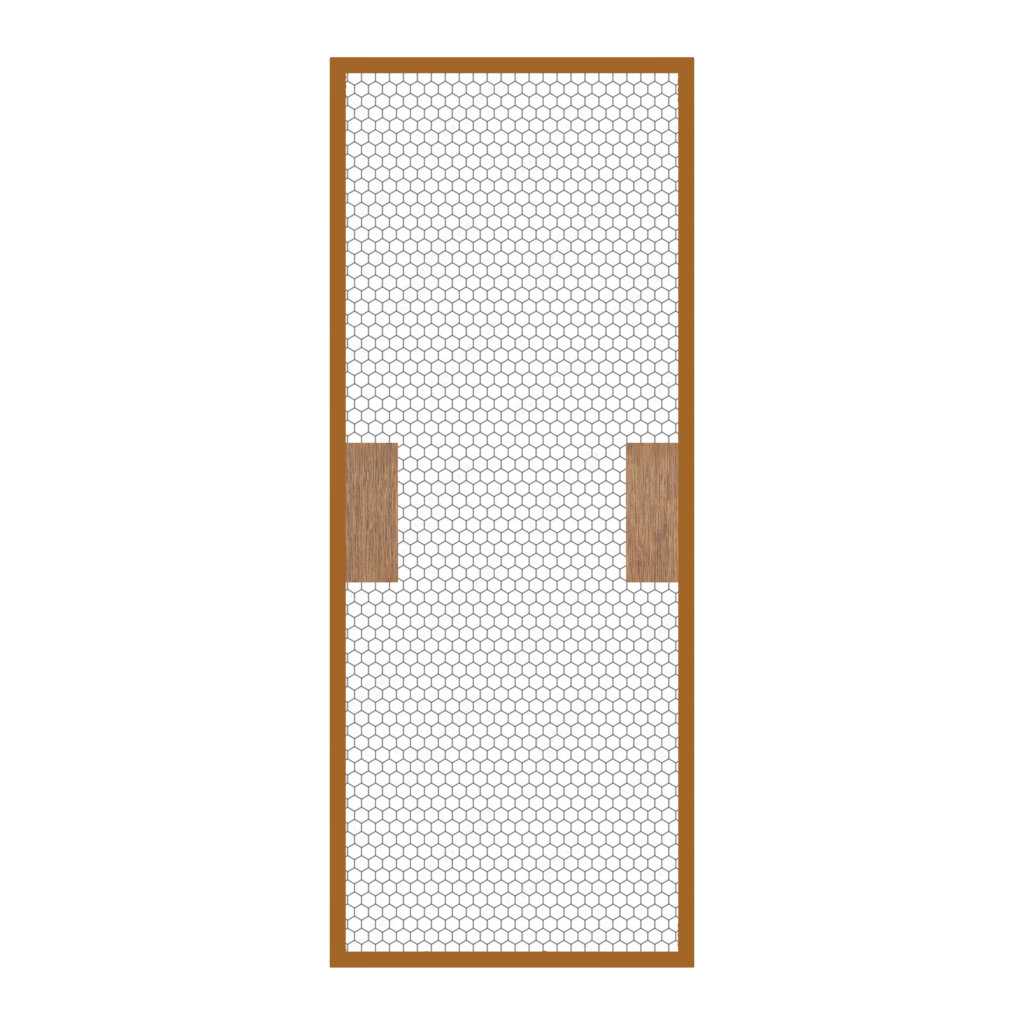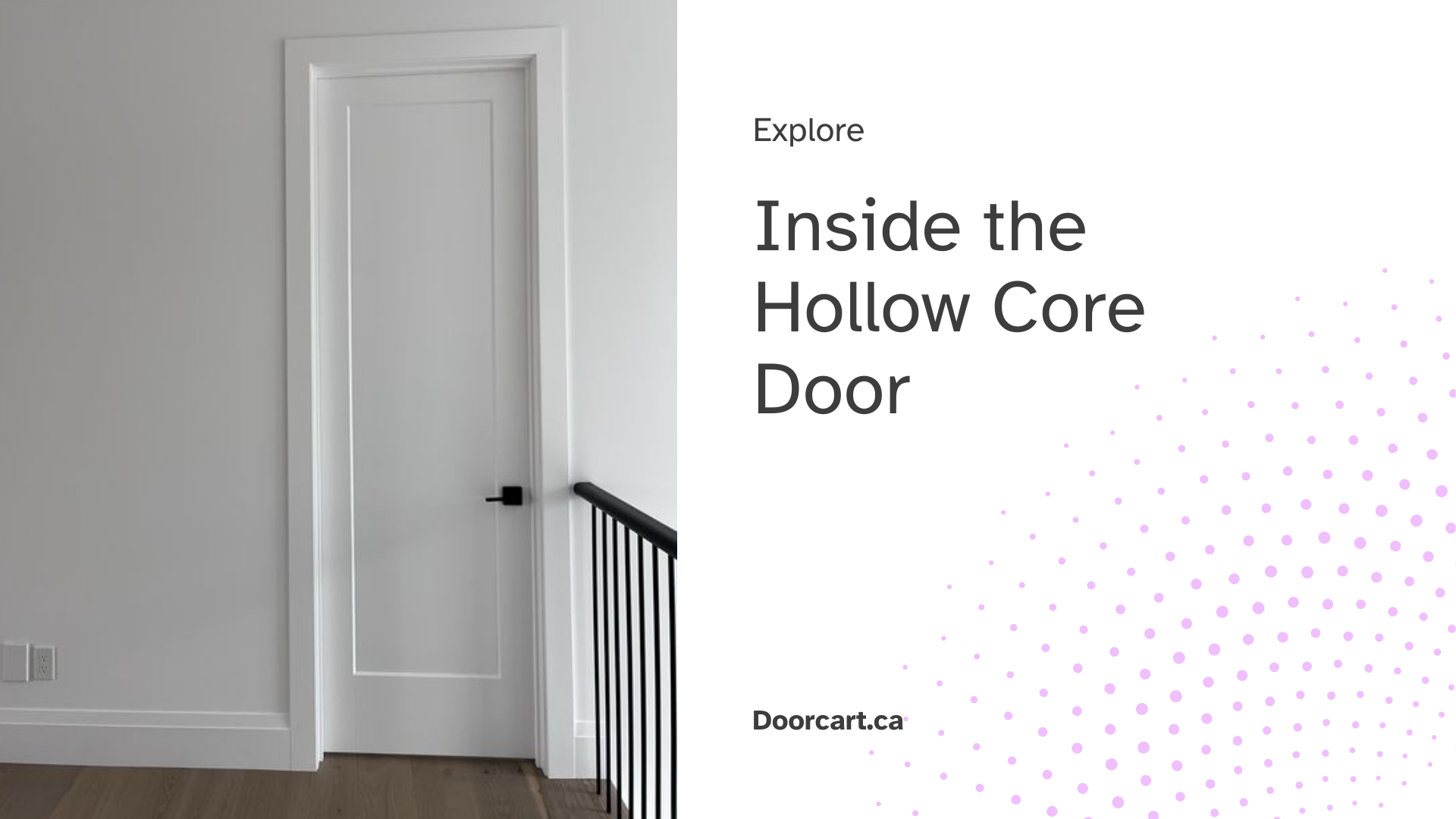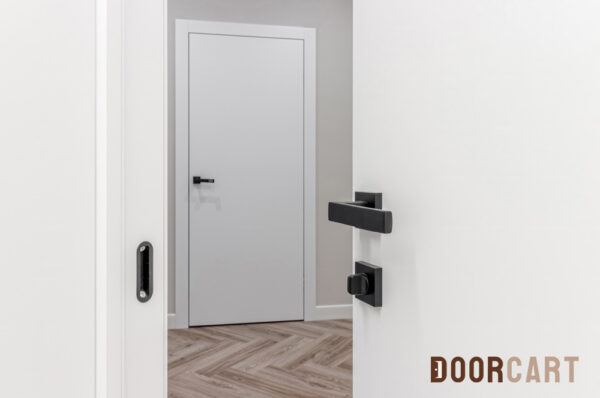Doors serve as more than mere passageways within our homes; they are architectural elements that contribute to the aesthetic appeal, functionality, and overall ambiance of a space. Among the diverse array of door types available, hollow core doors stand out for their unique construction and practical applications. In this guide, we’ll delve into what hollow core doors are, their characteristics, advantages, and popular uses.
Understanding Hollow Core Doors
Hollow core doors, as the name suggests, are doors with hollow interiors. They are typically constructed with a wooden frame and veneer surfaces, enclosing a core made of either cardboard honeycomb or hollow cardboard tubes. This construction method allows for a lightweight yet sturdy door that is cost-effective to manufacture.




Characteristics of Hollow Core Doors
- Lightweight: One of the primary benefits of hollow core doors is their lightweight nature. This makes them easy to install and handle, especially compared to solid wood doors, which can be heavy and cumbersome.
- Affordability: Hollow core doors are often more affordable than solid wood or solid core doors, making them a popular choice for interior applications in residential and commercial settings.
- Sound Transmission: While hollow core doors provide some degree of sound insulation, they are not as effective at blocking noise as solid core doors. This is something to consider when choosing doors for areas where sound privacy is a concern.
- Versatility: These doors come in a variety of styles, finishes, and sizes, making them suitable for various architectural and design preferences.

Advantages of Hollow Core Doors
- Cost-Effective: Hollow core doors are generally more budget-friendly than solid wood alternatives, making them an attractive option for homeowners and builders looking to save on expenses without compromising quality.
- Ease of Installation: Due to their lightweight construction, hollow core doors are easier to handle and install, reducing labor costs and time spent on installation compared to heavier door types.
- Design Flexibility: With a wide range of styles and finishes available, hollow core doors offer design flexibility to match the aesthetic of any interior space.
- Consistent Quality: Manufacturers can produce hollow core doors with consistent quality and dimensions, ensuring uniformity across multiple doors within a property.
Popular Uses of Hollow Core Doors
- Interior Doorways: Hollow core doors are commonly used for interior doorways in residential homes, apartments, and office buildings. They are suitable for bedrooms, closets, bathrooms, and other interior spaces where sound insulation is not a primary concern.
- Closet Doors: The lightweight nature of hollow core doors makes them an ideal choice for closet doors, where ease of operation is essential.
- Utility Rooms: In utility rooms such as laundry rooms, pantries, and storage areas, hollow core doors provide an affordable and functional solution for dividing spaces.
- Commercial Spaces: Hollow core doors are also widely used in commercial buildings, including offices, retail stores, and educational institutions, where cost-effective solutions are prioritized.
Conclusion
Hollow core doors offer a cost-effective, lightweight, and versatile solution for interior doorways in residential and commercial settings. While they may not provide the same level of sound insulation as solid core doors, their affordability, ease of installation, and design flexibility make them a popular choice for a wide range of applications. Whether you’re renovating your home or undertaking a new construction project, hollow core doors are worth considering for their practicality and aesthetic appeal.




